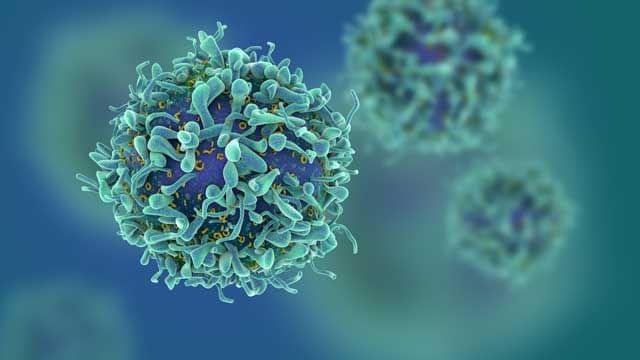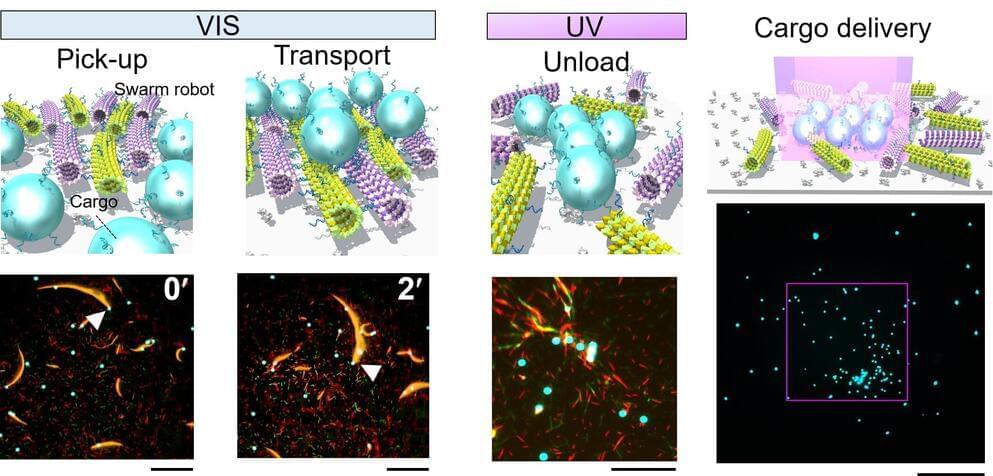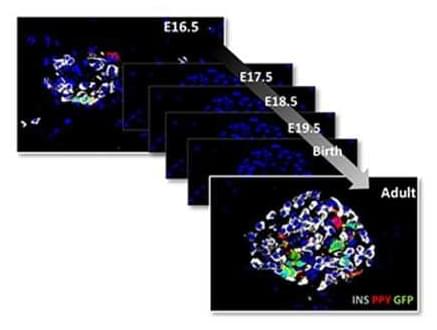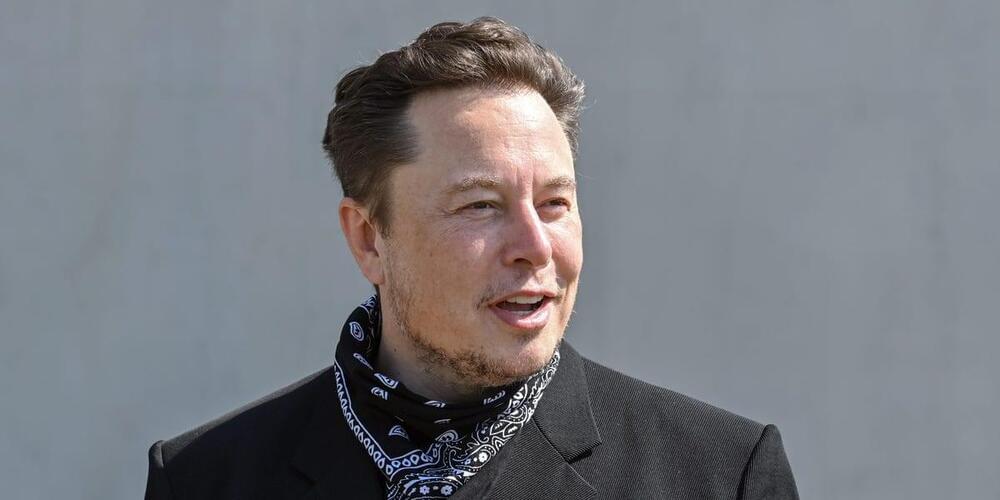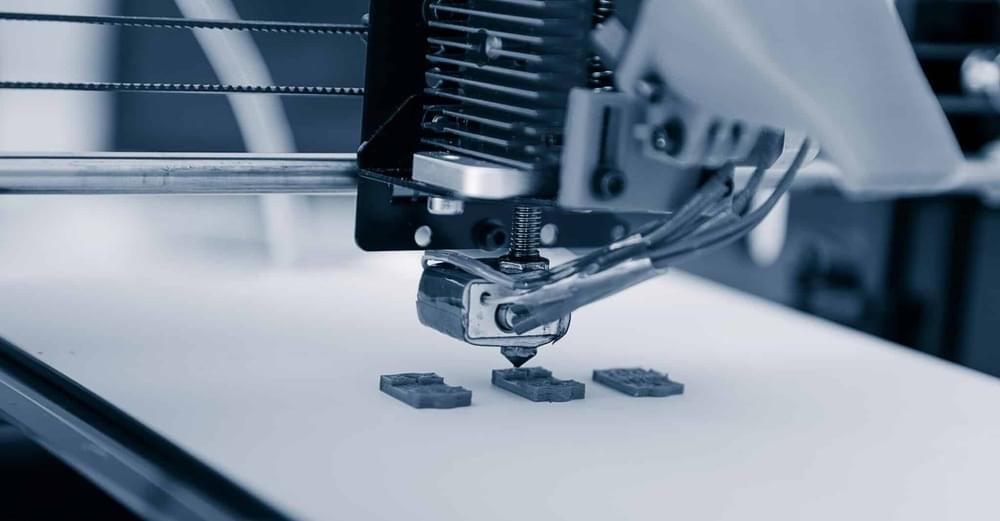
3D printed ICs overcome semiconductor shortage and reinforce supply chains, leading to cheaper production costs, faster prototyping, and faster time to market.
As the size of microchip packages shrinks, semiconductor manufacturers are under pressure to improve lithography capabilities. For more than two decades, researchers have been working on 3D printed integrated circuits. Earlier attempts at 3D printing electronics used the proper technique but failed to reach the required levels of conductivity for a PCB, leaving complicated electrical circuits unusable. Over time though, these printing tools have gradually improved feature size resolution, yield, and variability in production.
● A broad variety of materials may be used to produce an assortment of printed electronics, including conductors, semiconductors, dielectrics, resistors, and other components. ● As has been the case in other areas, additive manufacturing is expected to result in more innovative products, lower costs, and faster production runs.


